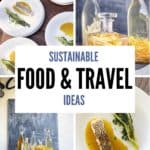What is sustainable food tourism and how can we support it? Heritage Resorts in Mauritius have a brilliant new initiative.
Here’s what it’s all about.
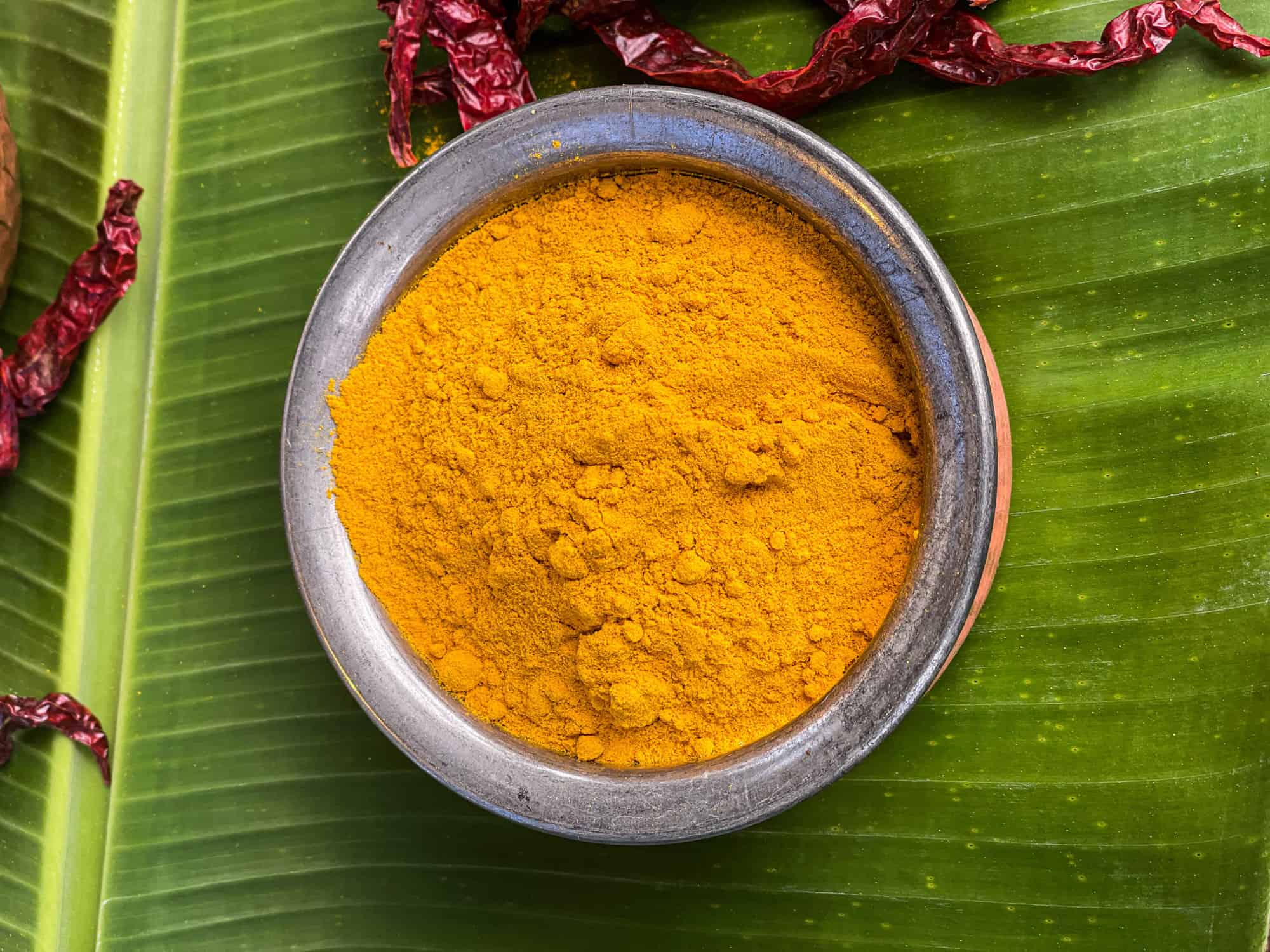
Sustainable Food Tourism Overview
“Food is important for good health, for joy, for nourishment. We have lost a lot. We need to act quickly.”
Chef Christian Têtedoie
An Introduction to Sustainable Food Tourism
It’s been said before but it’s worth saying again. Everyone’s gotta eat.
So whether you love to travel the world or prefer to stay right at home, food forms a part of daily life. It just does.
For those of us who have long been interested in the benefits of both sustainable tourism and food, this new trend of sustainable food tourism seems like more than just a new set of buzzwords.
It sounds – and tastes – a little like the hope we’ve been waiting for.
Disclosure – I travelled to Mauritius as a guest of Rogers Hospitality who ran this event. As ever, as always, I kept the right to write what I like. Otherwise, what on earth is the point?!
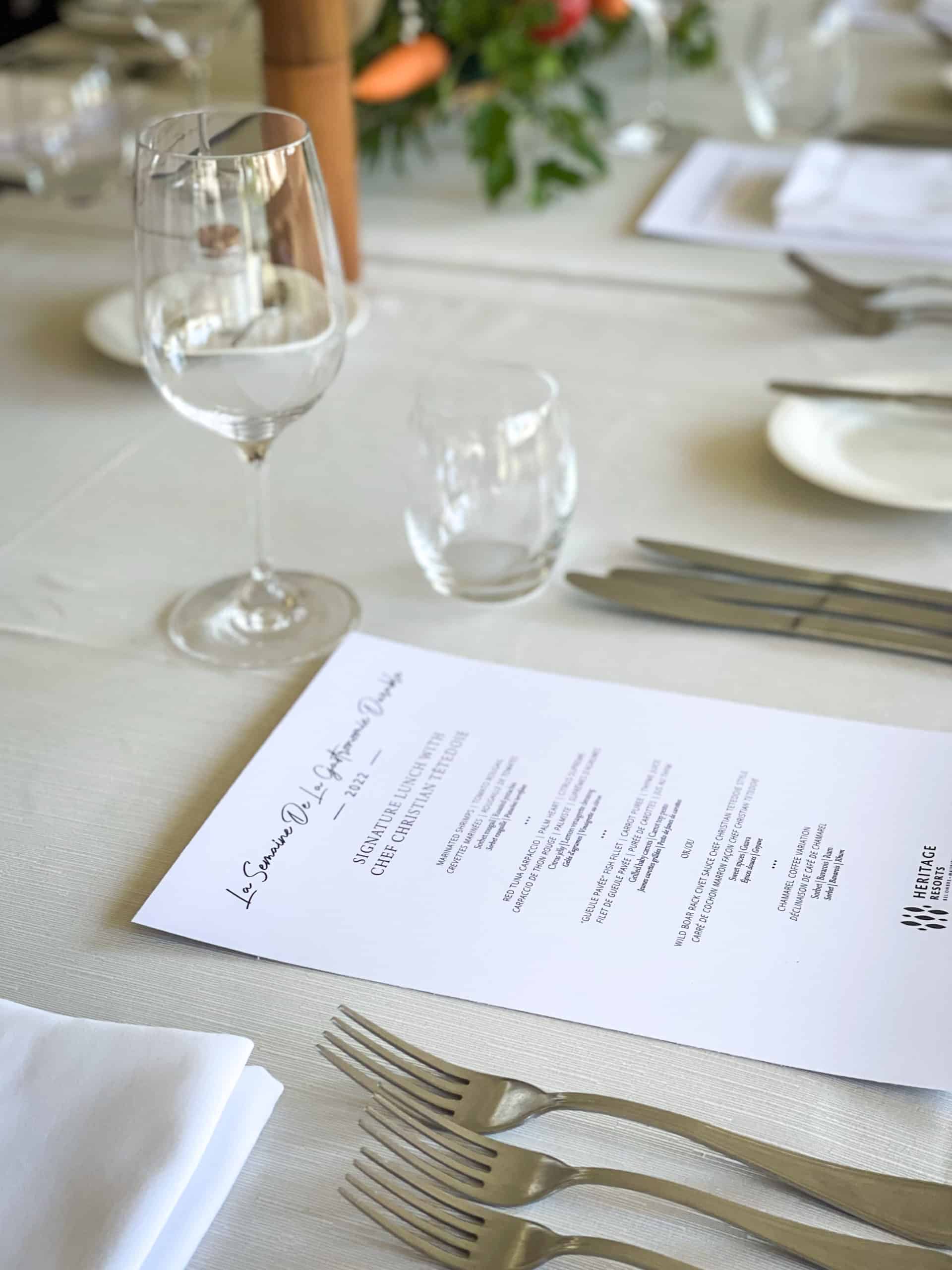
The Sustainable Culinary Week at a Glance
Heritage Resorts hosted their first Sustainable Culinary Week or La Semaine de la Gastronomie Durable for the first time in 2022 with the aim to make it an annual event.
Throughout the week, a range of food experiences took place around Mauritius, each tackling a different piece of the jigsaw puzzle: living and eating more sustainably – without giving up and living in a cave.
Though press were invited, it’s an event that’s meant to be open to the public, for both Mauritians and international visitors alike. And you don’t need to be staying at one of the Heritage properties in order to attend.
It’s probably overwhelming to attend every single event. Much better to choose a few key flavours from the many lunches, dinners, masterclasses, farm visits and market outings and so on.
If you’re in Mauritius at a different time, all is not lost. Heritage Resorts also run their own cooking classes and are developing a more sustainable menu and foodie program. Plus, you can visit the open air markets and the abandoned sugar mill at any time. Find out more about the Heritage Resorts Sustainable Culinary Week here.
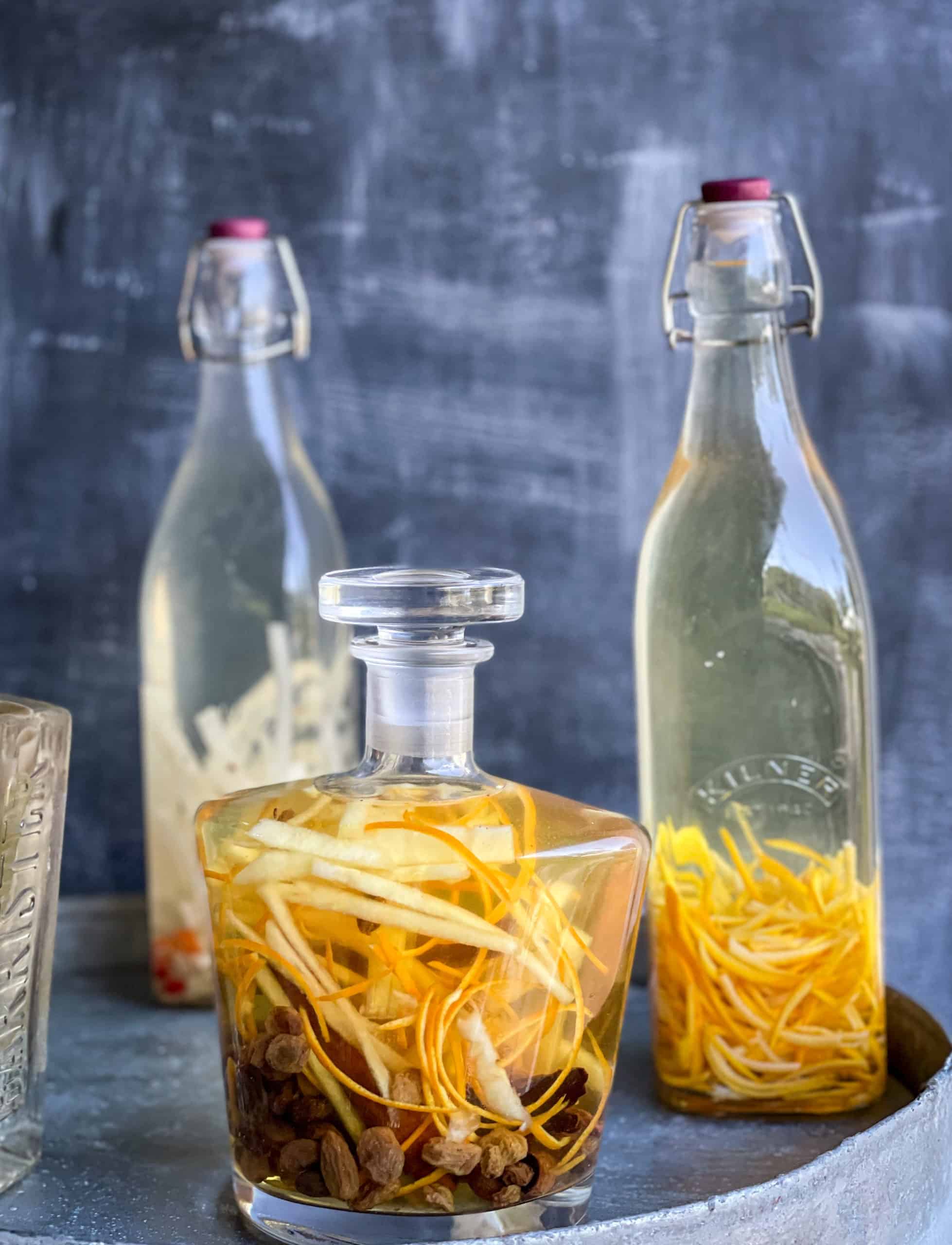
A Quick Overview
So, let’s have a chat about what sustainable food tourism is all about and then flesh out what can sometimes sound quite academic with some cinnamon scent and mojitos.
What is Sustainable Food Tourism?
Sustainable food tourism is a mix of food tourism and sustainable tourism. In the words of experts…
“Food tourism is the act of traveling for a taste of place in order to get a sense of place.” The World Food Travel Association.
“Sustainable Tourism takes full account of its current and future economic, social and environmental impacts, addressing the needs of visitors, the industry, the environment and host communities.” The UNWTO.
And while definitions have their place, what does it mean in practice?
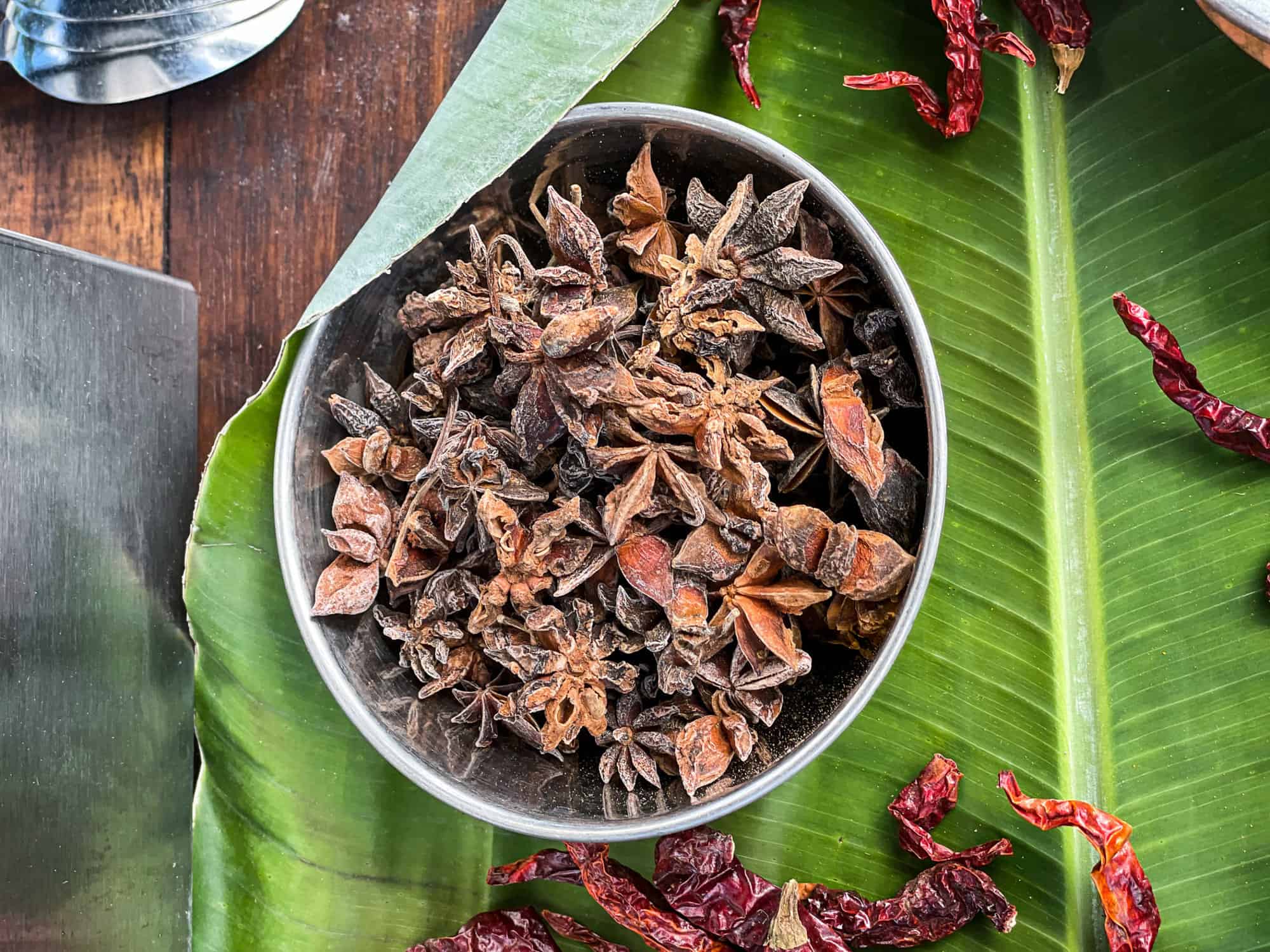
The Benefits of Sustainable Food Tourism?
Reflecting the benefits of sustainable tourism overall, here’s why sustainable food tourism is a great idea:
- It’s creative and encourages innovation
- At the same time, it encourages and maintains tradition
- It benefits both local residents and visitors
- It supports the environment
- It generates and distributes wealth
- It educates and connects people with food production
- It promotes good health
- It gets people talking and thinking about sustainability and partnerships
- It tastes good!
- It’s fun!
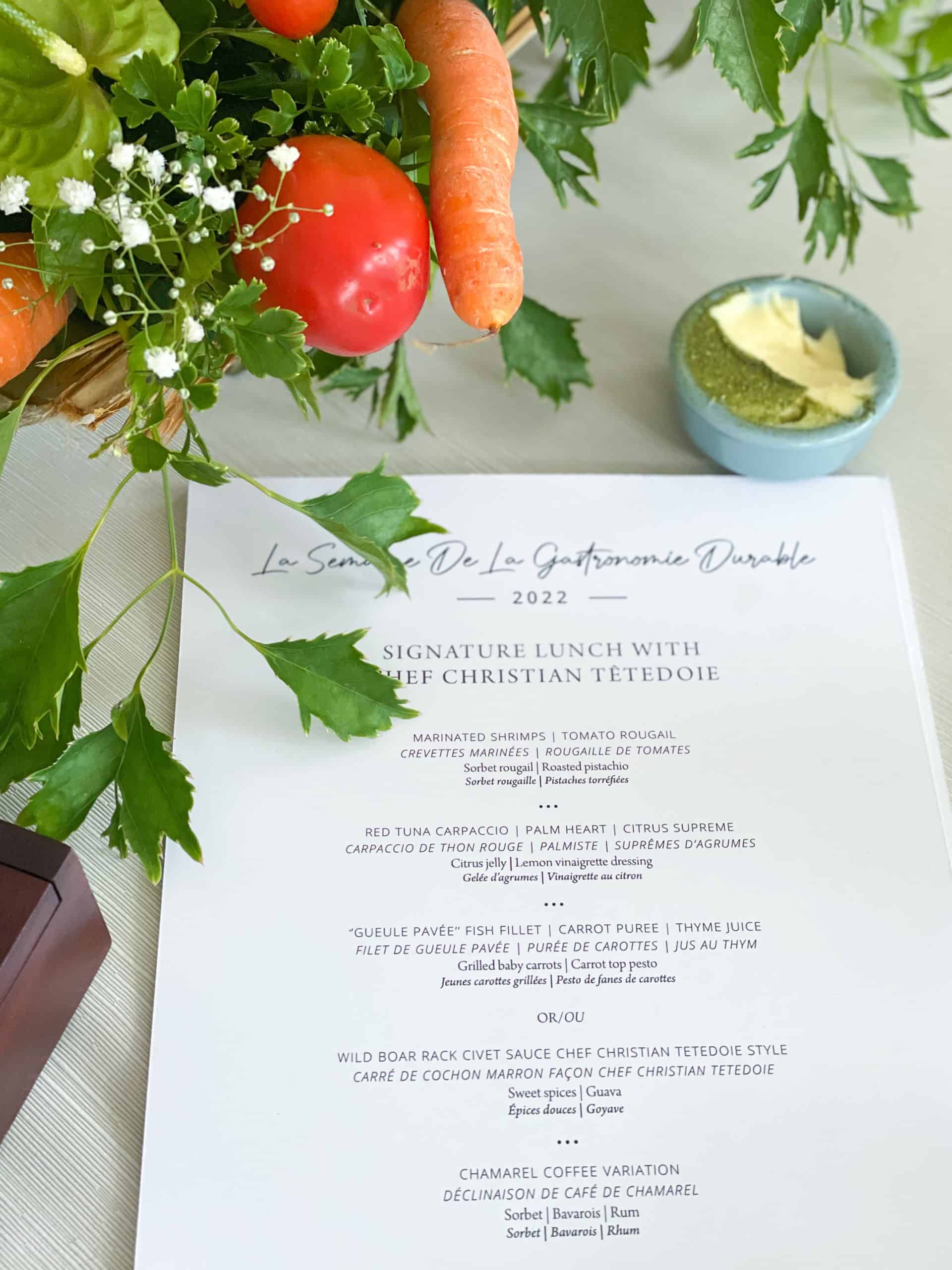
The Sustainable Gastronomy Week at Heritage Resorts in Mauritius
What if someone could arrange a series of different sustainable culinary events and schedule them for the same week in the same, beautiful place? Perhaps they could invite an expert on the topic to guide and inspire everyone who came. To encourage conversations between travellers and local businesses to build a more sustainable future. That’s exactly what happened in Mauritius with La Semaine de la Gastronomie Durable which first took place in 2022. And it was headed up by Michelin-starred chef Christian Têtedoie.
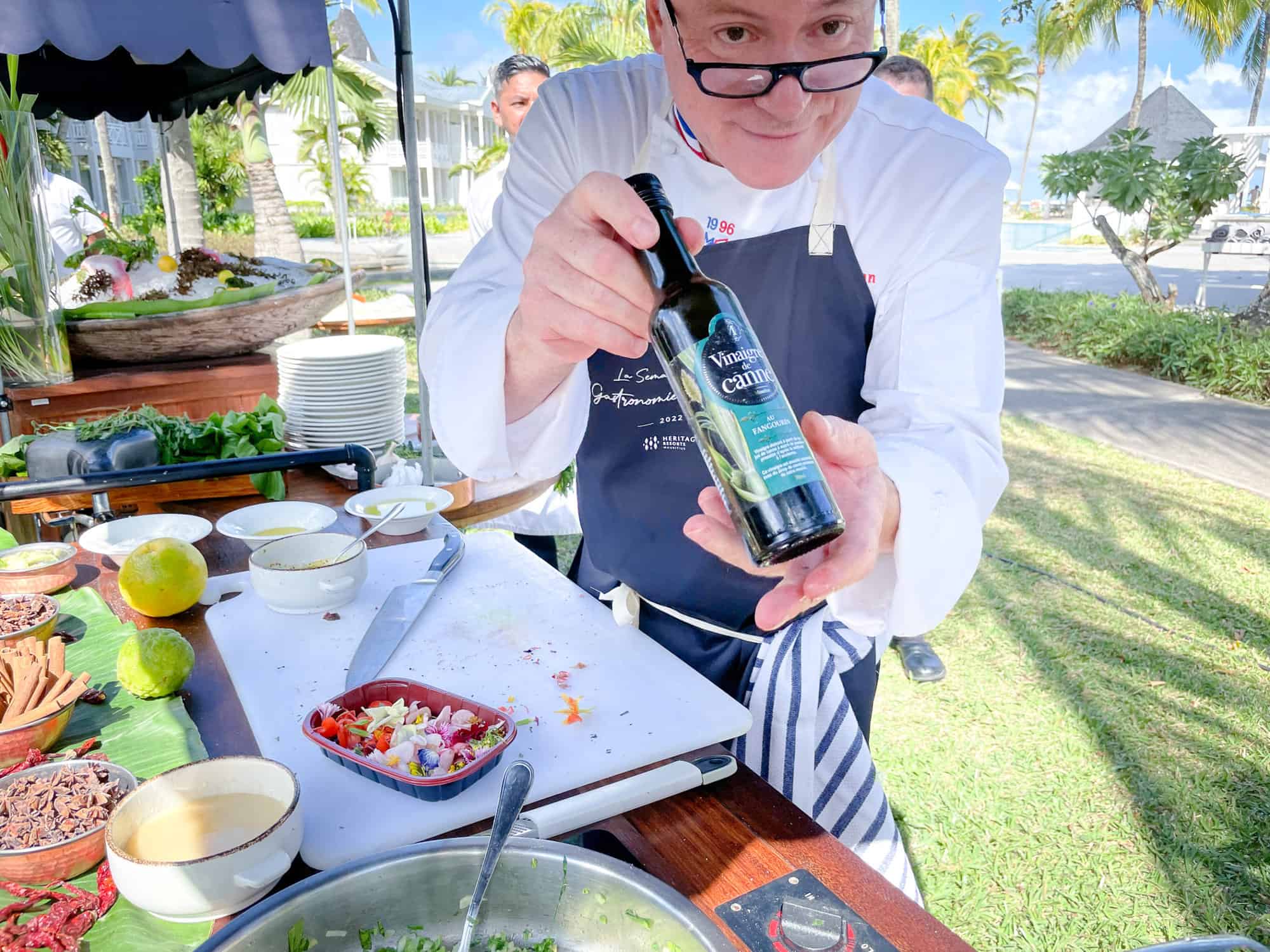
Who is Chef Christian Têtedoie?
Based in Lyons and oozing with accolades, Christian Têtedoie is a Michelin-starred chef with a mission to make what we do both matter and taste good. During lockdown, he worked in the local hospital, and before both the Covid pandemic and the war, he worked with a research institute in St Petersburg to make food more sustainable. He was crowned Meilleur Ouvrier de France in 1996, received his first Michelin star in 2000 – and then his Michelin green star in 2021.
What is the Michelin Green Star?
In the words of Michelin themselves:
“The Michelin Green Star is an annual award which highlights restaurants at the forefront of the industry when it comes to their sustainable practices. They hold themselves accountable for both their ethical and environmental standards, and work with sustainable producers and suppliers to avoid waste and reduce or even remove plastic and other non-recyclable materials from their supply chain.”These restaurants offer dining experiences that combine culinary excellence with outstanding eco-friendly commitments and are a source of inspiration both for keen foodies and the hospitality industry as a whole.”
Sustainability Advice from Christian Têtedoie
- Shop every day and buy only what you need for that day.
- Buy direct from the farm where possible
- Use an app like this www.mesproducteursmescuisiniers.com
The Cecret: Making Your Own Stock
According to Christian Têtedoie, there is good news. You don’t have to be a chef to cook well. Apparently, all you need “are good products and to understand the wok.”
At the top of his list for both flavour and sustainability is learning how to make your own stock.
“Take a carrot, onion, leek and a neutral oil. Colour the vegetables while you make a coffee. Then, add a spoonful of water and a bouquet garni. Add in leftover veg skin and peelings to add more flavour. Then let it simmer.”
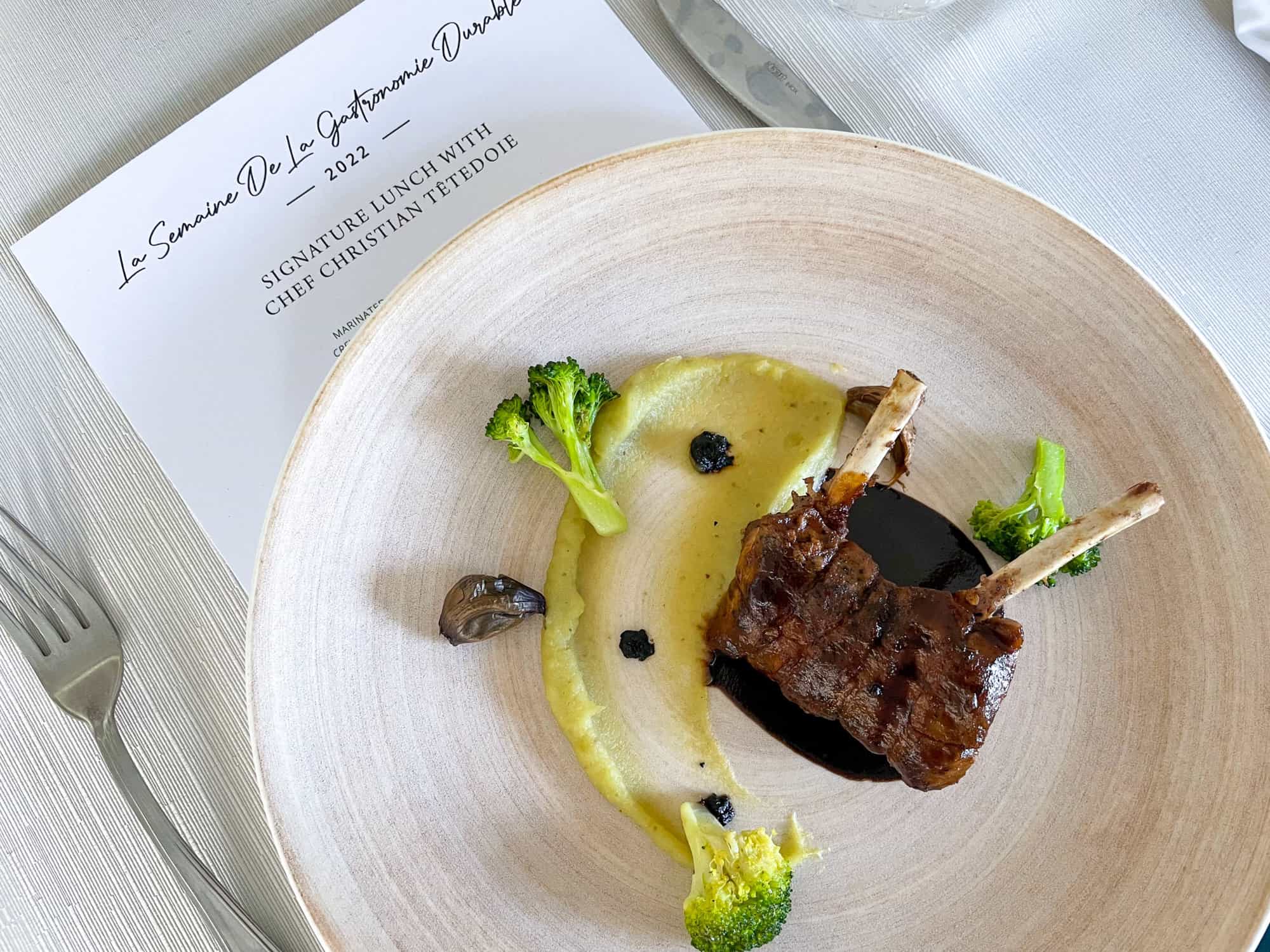
Sustainable meat: local wild boar
On the Thorny Question of Meat
“Without a doubt, the future is vegetables,” says Christian Têtedoie. He talks about reducing the consumption of meat as much as possible for environmental reasons and only eating local and high quality produce.
He is working with the EU on a project to develop varietés anciennes – ancient vegetable products. The idea is that these non-synthetic products, such as haricots viands, need less irrigation and fewer pesticides than other vegetable produce. They also consist of at least 50% protein, as compared to the 20% found in lentils.
In the meantime, Têtedoie uses local meat, which is wild boar in Mauritius, and he recommends using pumpkin and beetroot as meat substitutes for their texture.
On Why Sustainable Food Tourism Matters
It’s always interesting to explore why sustainability matters to some people, while others seem oblivious. And how do we handle the guilt that comes with not doing everything “right?”
“Look, I have done a lot of things wrong but we are always learning,” Têtedoie says. “I have a spark. Sometimes it takes nothing to save things, like our seed base in Lyons.
“As to why sustainability matters to me?
“I have grandchildren, one who is five years old and one who is three months old.
“When they ask ‘what did you do?’ I want to be able to say ‘I did my best.'”
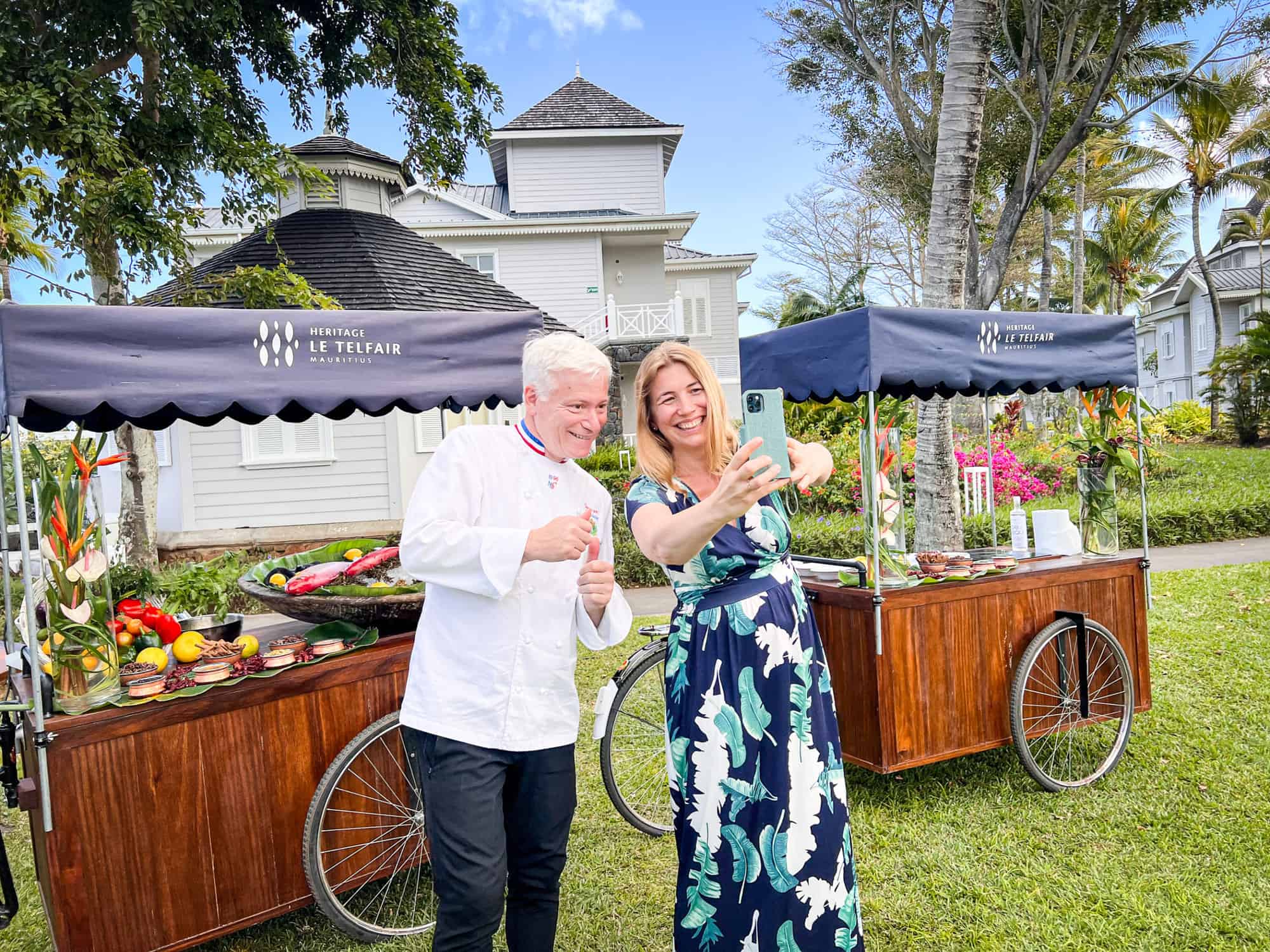
You get a lot of opportunities to ask questions during the culinary week…
Culinary Masterclasses
In between the market visits, signature lunches and gala dinners, the event offers the chance to join the chefs in a culinary masterclass.
In the fresh Mauritian air, with palm fronds overhead, Christian Têtedoie walks us through his simple but satisfying local dish: white fish with vegetables.
“Success is all about the timing when it comes to fish and meat,” he says. “In restaurants, we calculate the time taken to reach the table as the produce continues to cook after it leaves the heat.”
He urges us to focus on the flavour and not the decoration.
He makes it look easy. And if only we could also have the staff to help clear up afterwards…
Top tips from the culinary masterclass:
- Buy local, in season vegetables to begin with.
- Cook the vegetables on a high heat for a short period of time to preserve the nutrients.
- Don’t hold back with the oil.
- Look for local substitutes for far flung ingredients. In Mauritius, for example, this involved cane sugar vinegar rather than white wine vinegar.
Note – the 2022 masterclass took place in French. While many Mauritians can help translate from French to English, it really did help if you could understand French. I understand there are plans to have more English components to the event in the future.
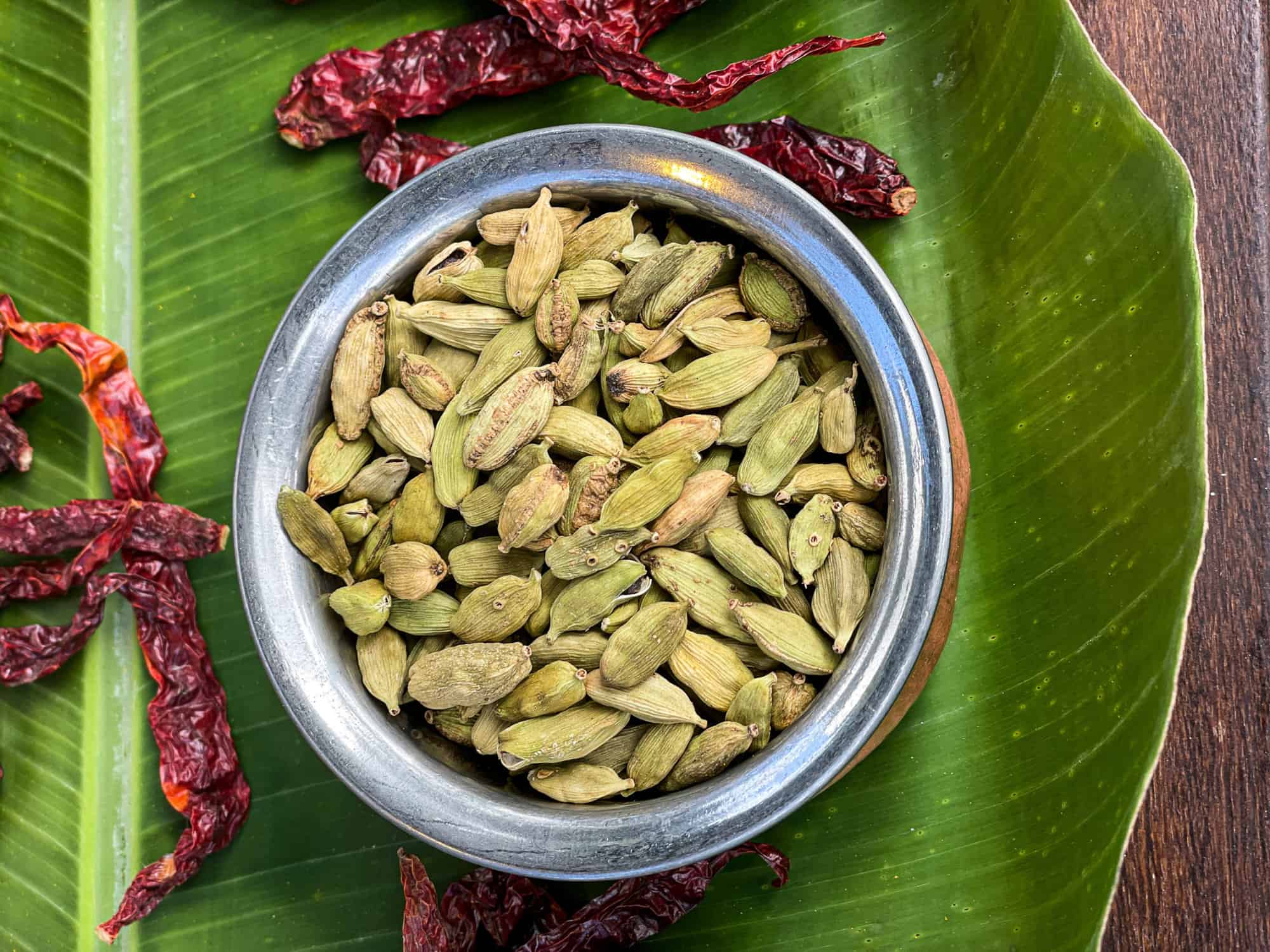
You can always learn more about food…
Local Cooking Classes
Heritage Le Telfair Chef Jocelyn Argaud also led cooking classes, talking about local produce and ideas and walking us through the creation of a palm heart salad.
When it comes to sustainability, he told us that 80% of what he uses in the kitchens is local produce. As Mauritius is an island, they do need to import some things but try to do that as locally as possible. For example, they import chocolate from Madagascar and have decided not to import salmon as it comes from too far away.
“We can still work with really good food but with a conscience,” he says. “It’s not whether or not what we have done is right or wrong but what can we do better.”
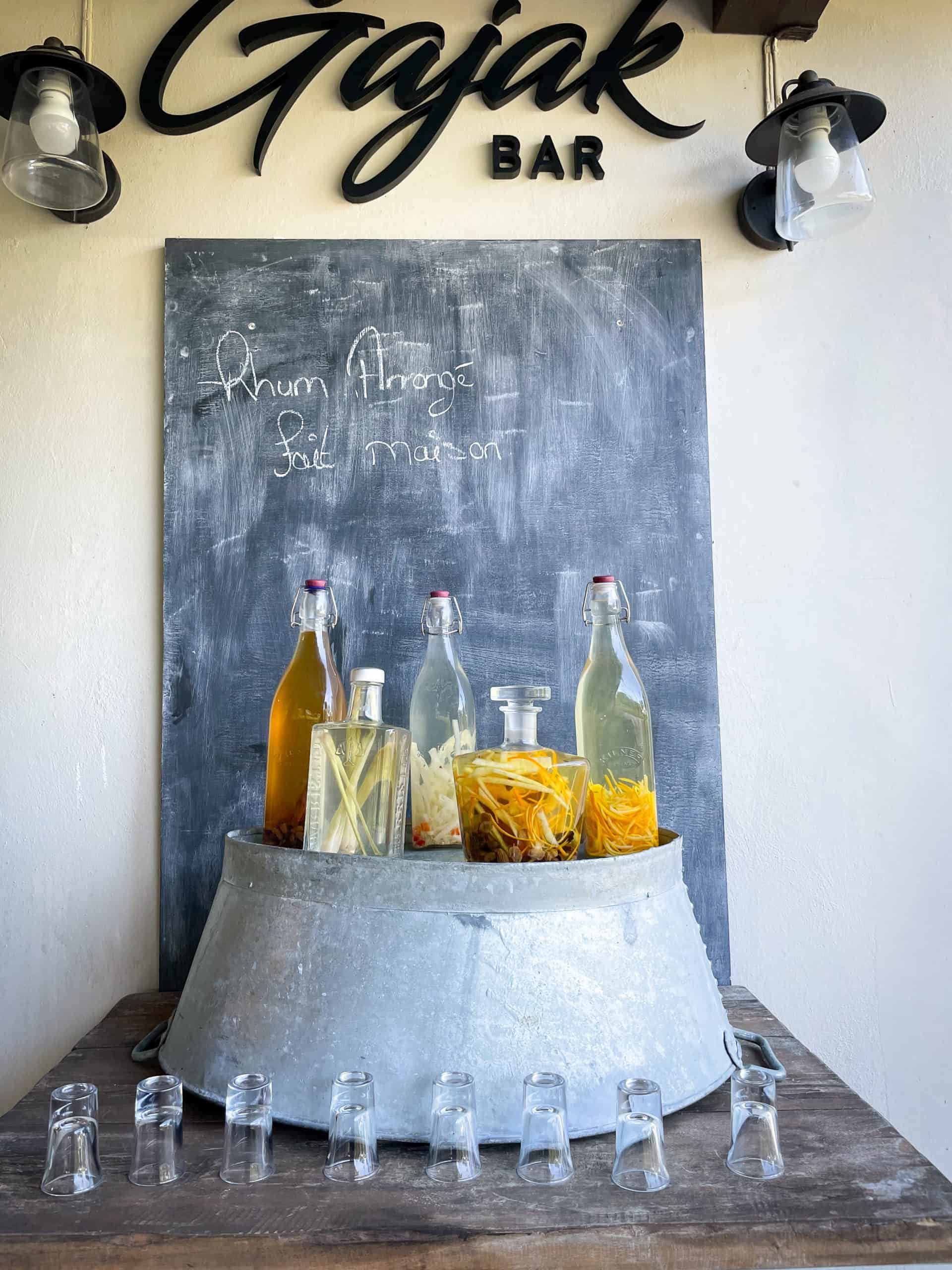
Home made infusions – part of the culinary heritage here
Innovation and Infusions
Argaud is a man with a thirst for innovation. The team already make their own infusions of oil, rum and gin with products like rosemary, thyme, cardamom, pineapple and cinnamon.
But his pièce de resistance is the calisson made from local ingredients. He swapped the almond powder for coconut and pineapple and it took two weeks to get the right blend of citrus glaze and sugar.
“I like to observe what and how people are eating,” he says. “At the end of the day, I’m not cooking for me but for them.”
Top tips from the local masterclass:
- Buy and use seasonal products
- Avoid cling film
- Recycle packaging and leftovers
- Spread the word!
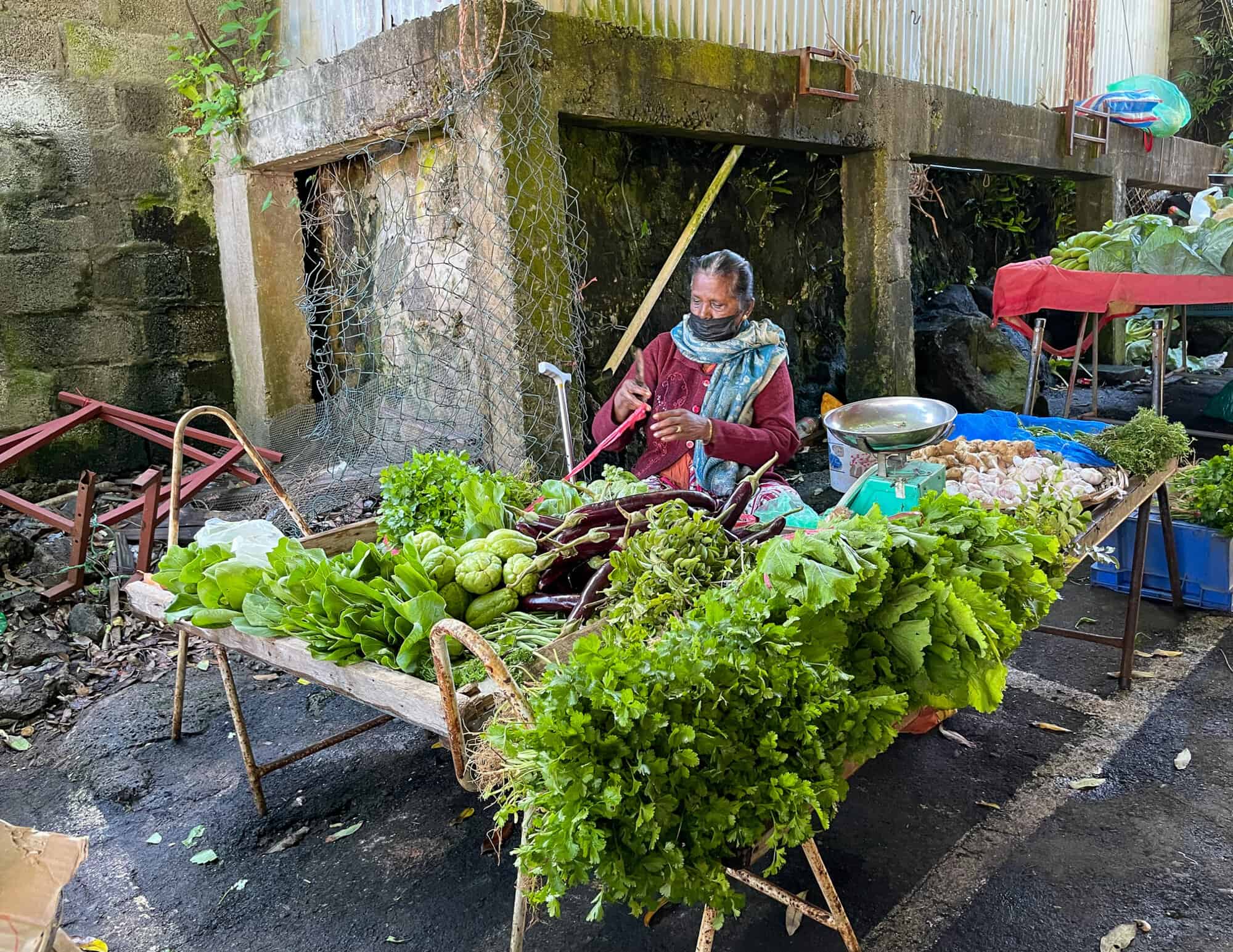
Visiting Chemin Grenier Market
Marketplace Visits
Just a short drive east from Bel Ombre lies the local Chemin Grenier food market. Rich in brightly coloured vegetables, with poultry and wild boar on slabs or in the freezer, it’s a great place to visit to start to understand the food scene here. Vendors slice blades through giant orange pumpkins while sunlight dances across leafy greens in the breeze.
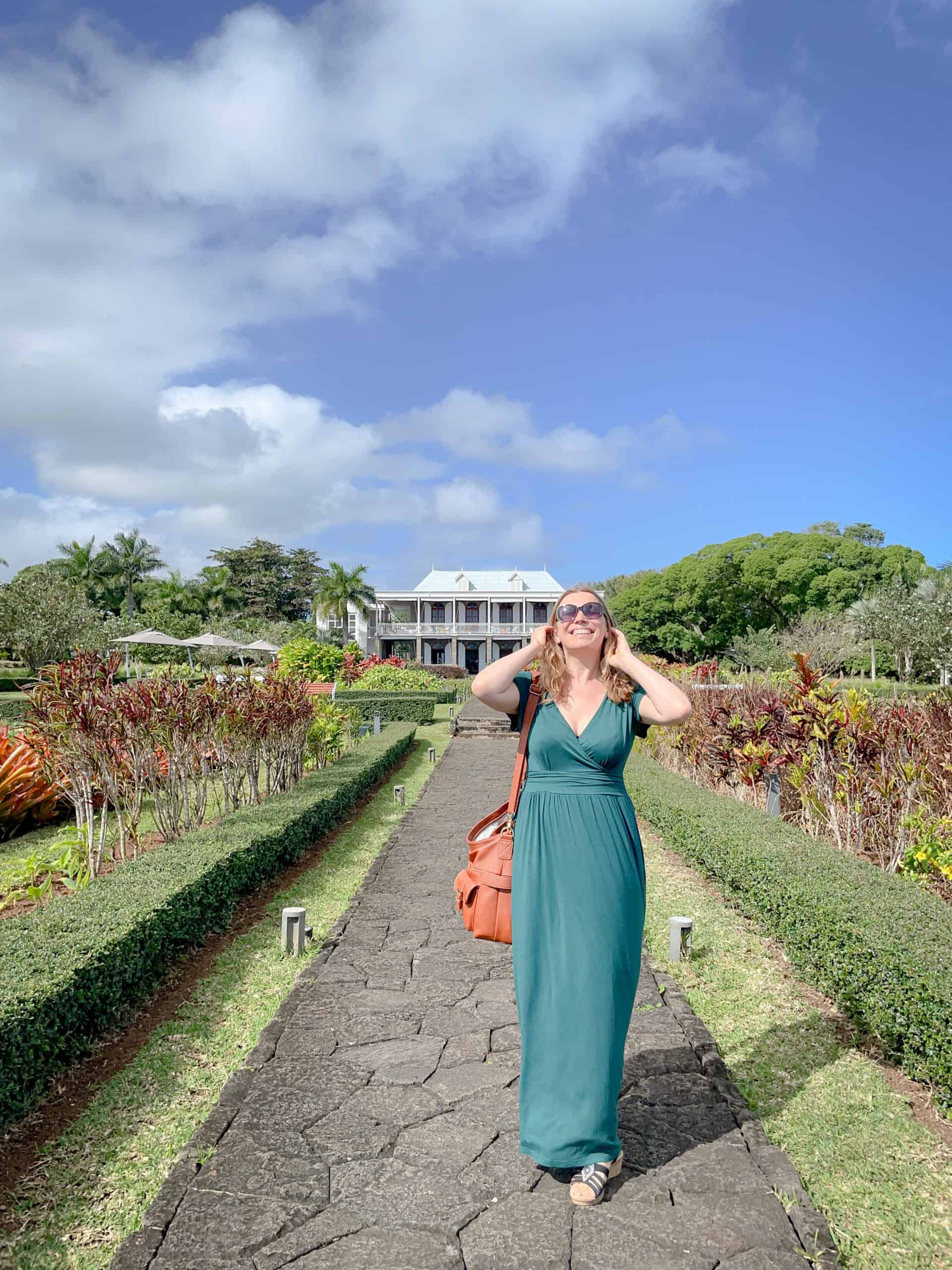
Château de Bel Ombre by Day
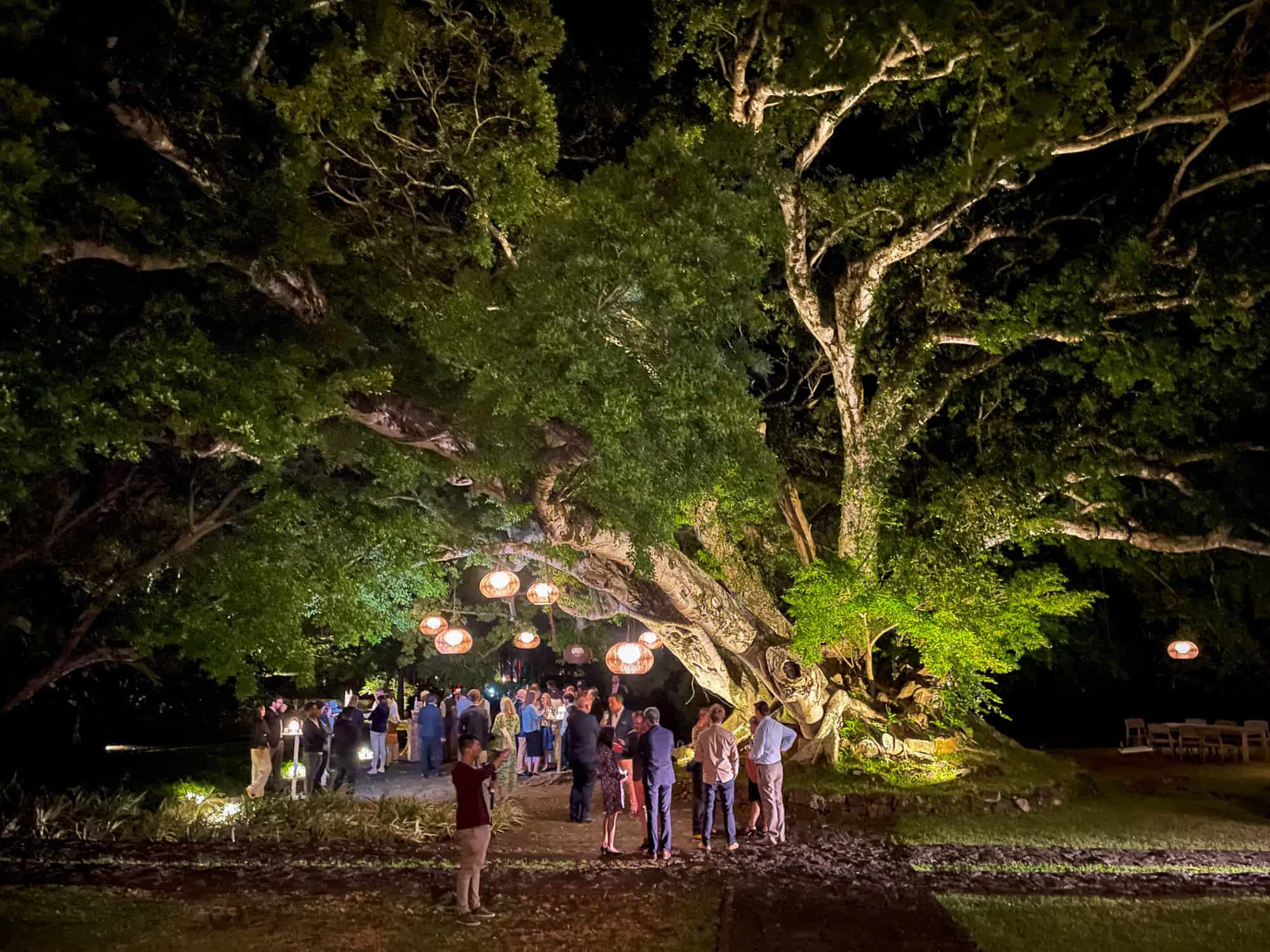
Gala Dinner at Château Bel Ombre
Starlit Dinners
The Châteaux de Bel Ombre seems designed for nights like these. In the shade of a three hundred year old tree and beneath lanterns and stars as the sweet blanket of night falls, it’s a romantic and enchanting spot. The Gala dinner opened with local rum cocktails and followed this with a fine dining menu of innovative dishes based on local cuisine like lobster, crab and venison.
With a more relaxed atmosphere and arguably tastier food, the Heritage Resorts Golf Club also hosted an evening dinner with imaginative prawn tempura and pineapple desserts.
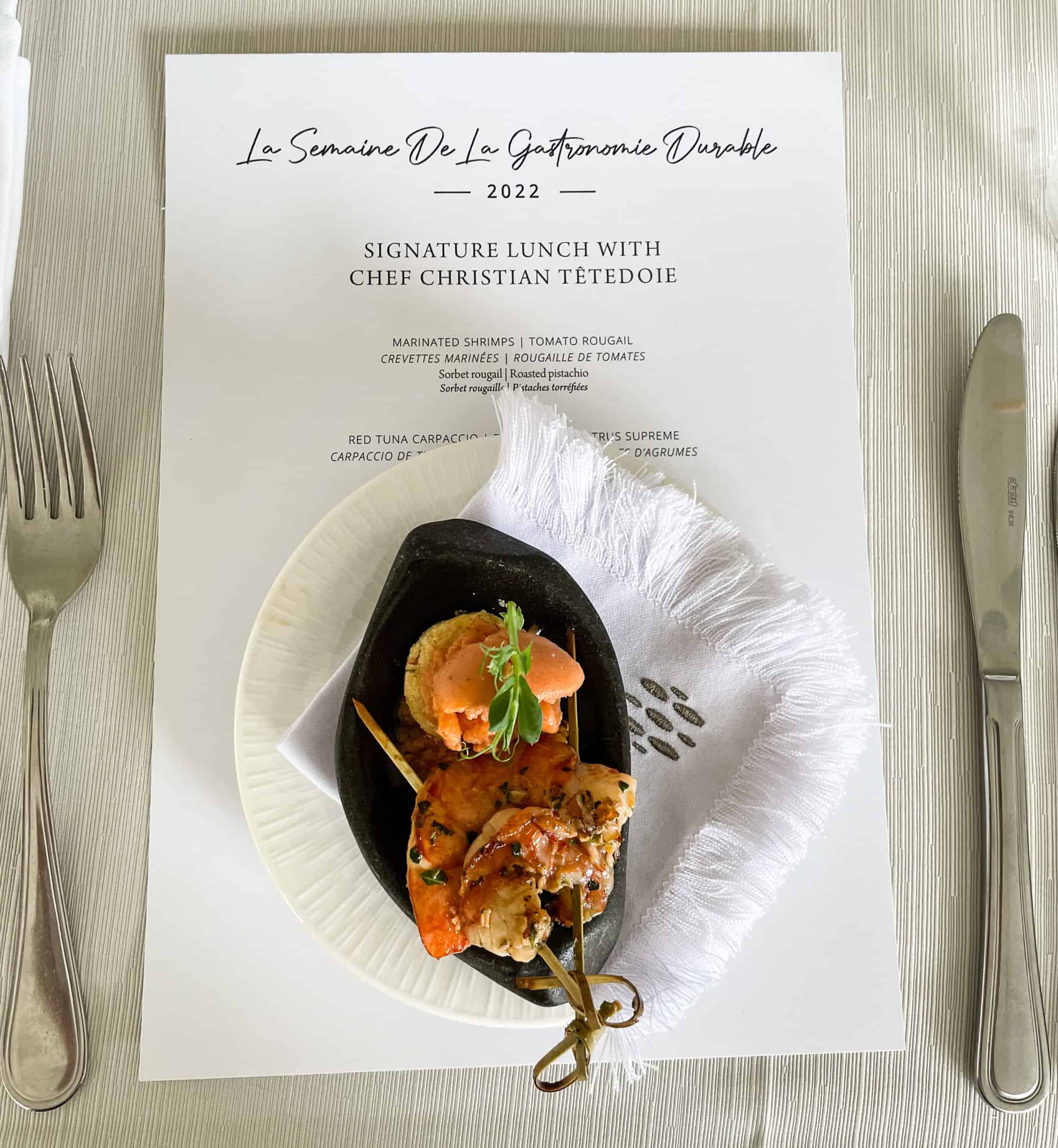
Getting started at the signature lunch in Mauritius
Sit Down Lunches
The sustainable culinary week runs a number of ticketed lunch events, from the colonial-style white of Annabella’s to the leafy Château de Bel Ombre.
Here’s an example menu, directed by Christian Têtedoie and involving only local ingredients:
Marinated prawn with bell peppers and a sorbet designed to melt in the Mauritian heat. Followed by a red tuna carpaccio with a lemon vinaigrette and palm heart panna cotta. The main course was either sea bass or wild boar, the principle red meat of the island. And finally, coffee from the local Chamarel plantation with a rum and coffee crumble.
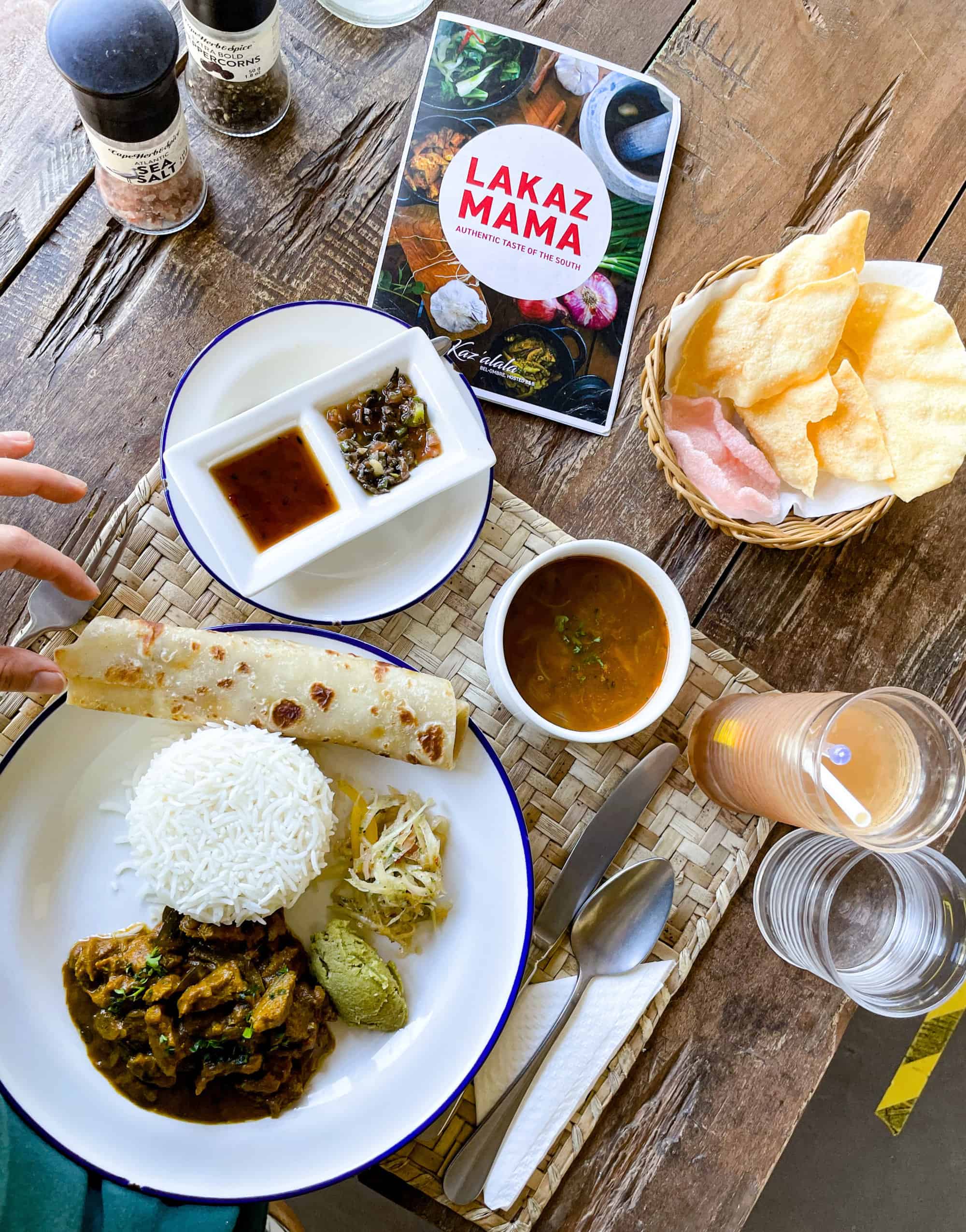
Trying traditional local dishes at Kaz’alala
Local Flavours
While the sustainable culinary week focuses hard on local ingredients, most of the emphasis is on creating new or international dishes with them. You’ll find less emphasis on traditional Mauritian recipes.
That said, those recipes can easily be found on the buffets at Annabella’s and the entire menu at the earthy Kaz’alala restaurant. There, you can taste the traditional smoked marlin salad with pineapple or fish vindaye and other creole dishes.
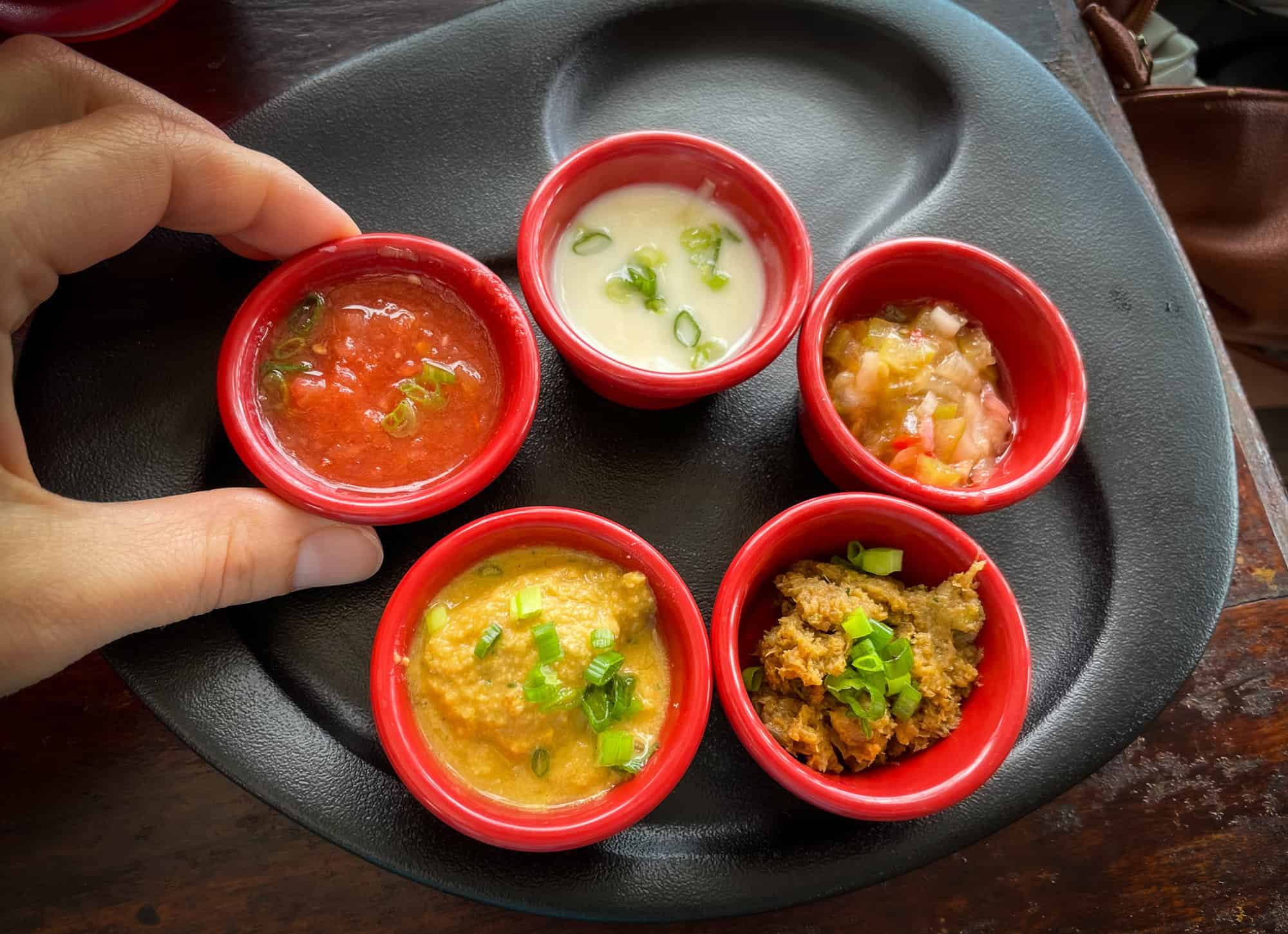
Options from the Tab’Diri at Chamarel Restaurant
Finally, if you can, arrange a visit to Chamarel Restaurant near the Seven Coloured Earth Geopark. Not only is the view divine, with the peak of Le Morne and the sparkling turquoise ocean. But the tasting menu is an explosion of local culture, colour and character as well. Opt for the Tab’Diri to find green papaya salad, breadfruit samosas, green banana curry and coconut chutney all in one stunning location.
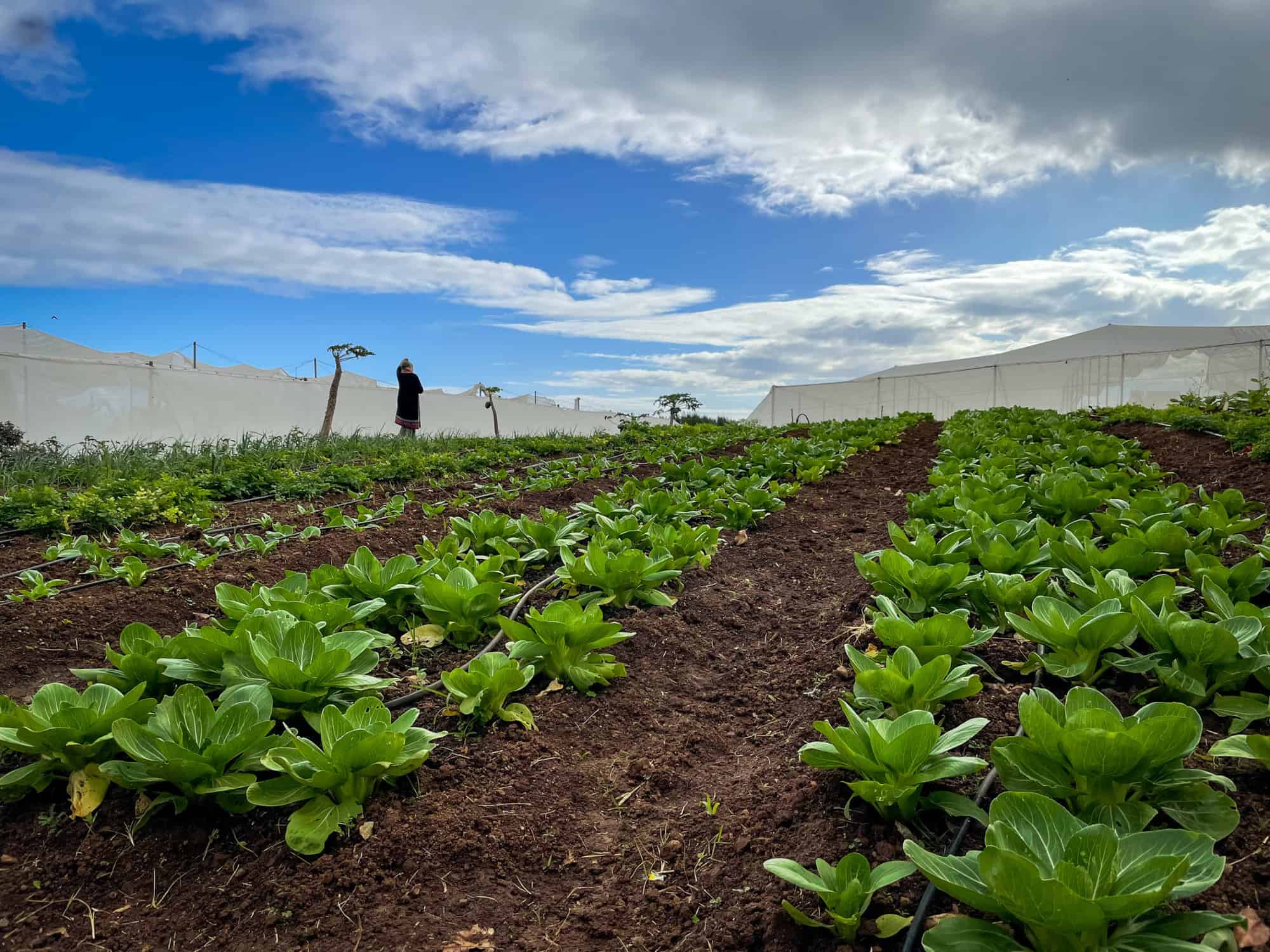
Visiting Agrïa Farm
The Farm Visit
While it is possible to visit the Agrïa farm, where rows of vegetables sprout beneath the sun, plans are underway to make this trip even more educational. You can also phone in advance to visit the Chamarel Rum Distillery to see the sugar cane crushing and distillation apparatus. If that doesn’t work out, Heritage Resorts regularly run rum tastings on the beach and you can browse the Agrïa online shop. So, either way, good things will happen!
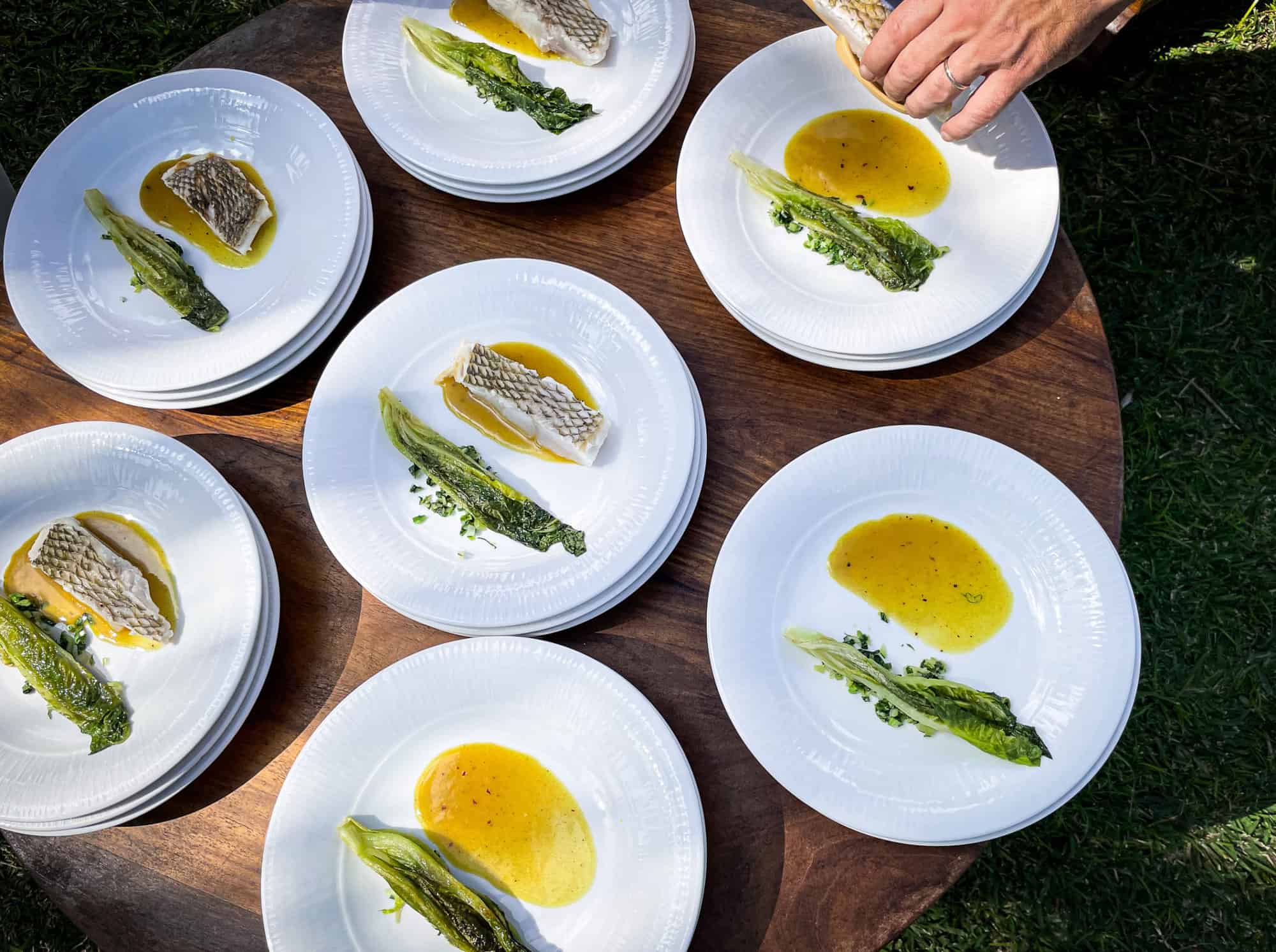
The Next Step
I sat down with Alexandre, head of sustainability at Heritage Resorts, to understand more about what they’re doing and what we can all do. He was humble, thoughtful and realistic. A scientist rather than a media machine. The chat was so interesting that I’ll bring you another article on the subject of sustainability in travel soon! With resources based on what they have learned over recent years.
But with the aim of making tourism sustainable, here are the key points to think about:
- The resort currently makes carbon offsetting donations to make visits from guests carbon neutral. They are looking to increase this to cover transport to the resort and to create their own power in a move to tackle climate change.
- They have limited the range of products available on their buffets to cut down tourism food waste.
- They have introduced recycling throughout the resorts.
- They donate food to local NGOs.
- They are trying to educate both staff and visitors on what sustainable food tourism looks like.
- The resorts are developing their own herb gardens, insect hotels and solar power fields.
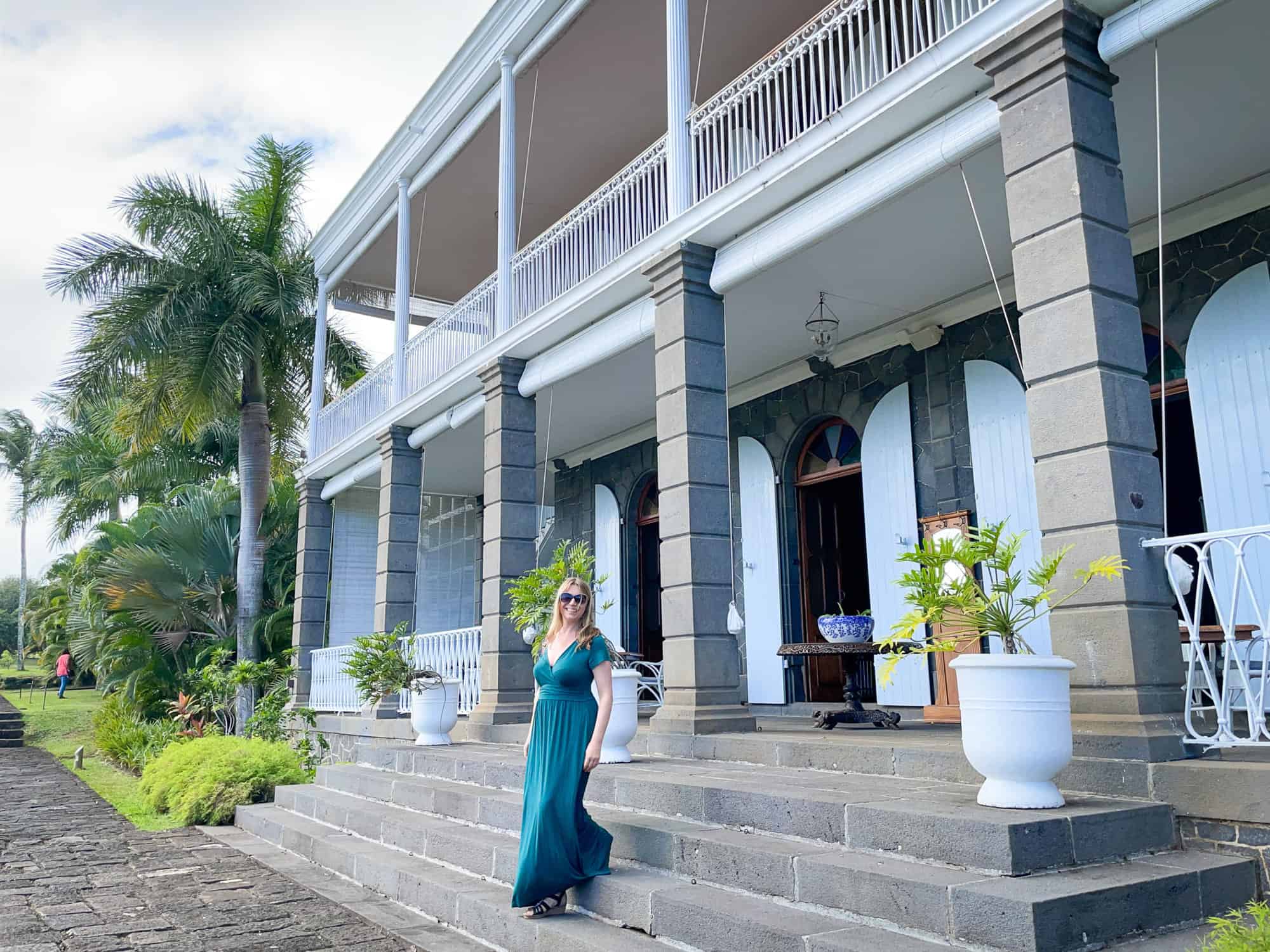
You can practice sustainable food tourism everywhere…
How to Embrace Sustainable Food Tourism at Home and on the Road
You don’t need to wait until your next trip abroad to be a sustainable food tourist and embrace gastronomy tourism.
You can start right now! Make the most of those food systems and food experiences at home…
Visit Food Markets
Markets make the perfect place to discover local food and support local farmers. It’s a good way to get a feel for an area away from the polish of high end hotels and restaurants. Take some local currency with you, get tasting and get chatting but don’t get in the way! Check times in advance. Many real markets open and close early or are held only on certain days.
Take a Cooking Class
Cooking classes remain one of my favourite ways to travel. Yes, they’re a great part of sustainable food tourism but they are very much fun in their own right. You’ll learn about local cuisine and get chatting with locals and visitors alike in a low pressure setting – and have a great meal at the end of it!
Eat Local Products
Whether at home or abroad, try to avoid food with a huge carbon footprint. The easiest way to do this is to avoid products with huge air miles. Make sure you eat foods which are in season and enjoy the richer flavour of food that is fresh and which hasn’t been shipped half way around the world.
Try Some Veggie Options
You don’t have to go full time vegan. Every effort helps. Vegetables tend to carry a lower carbon footprint than meat and dairy, they’re good for you – and you might be amazed to see what’s changed on the veggie scene. Not everything is overcooked and flaccid any more…
Support Local Restaurants
A cornerstone of sustainable food tourism involves eating at locally run restaurants, especially those with social projects. Look out for smaller restaurants and help to spread the wealth of tourism around.
Visit Food Producers and Suppliers
A great way to really get under the skin of a place is to visit where food is made. Vineyards, beekeepers, dairies and rum distilleries all offer great ways to support sustainable food tourism. You can learn a little, enjoy a lot and, once again, meet new people!
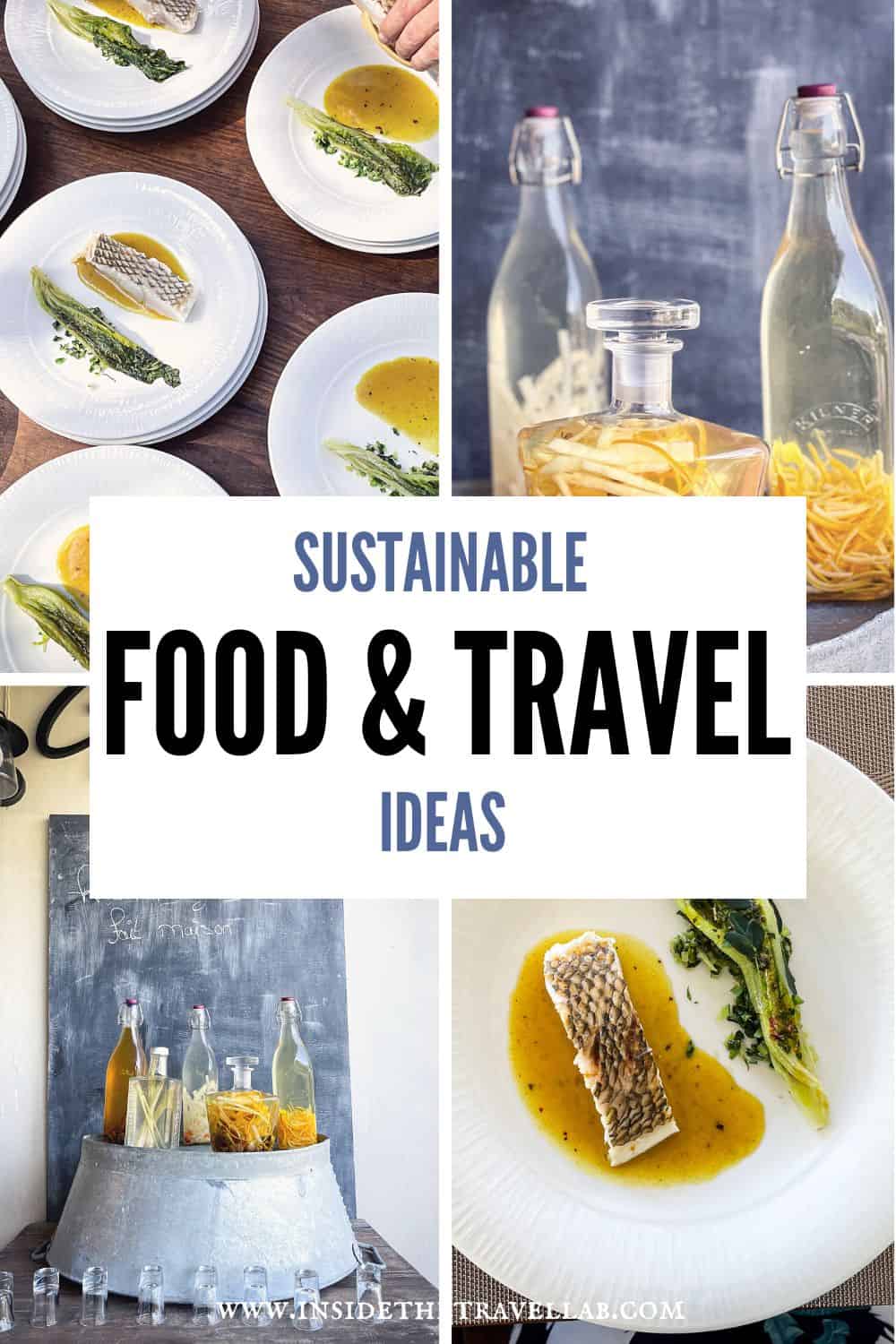
Why not bookmark this article on sustainable food tourism on Pinterest for later?
More on Sustainable Travel
Read more sustainable travel tips and articles below from the tourism sector:
- Start here: how to be a responsible tourist
- Is dark tourism ethical? What you need to know.
- Get inspired by this collection of the best sustainable travel blogs.
- 9 powerful benefits of sustainable tourism (and why you should care)
- The unmistakable emotional meaning of home
- Why we need to talk about the kindness of strangers
- Why you need to know about the cork trees in Portugal
- The importance of doing nothing
- How to get off the beaten track: three techniques you haven’t thought of
- Surprising ways to help protect endangered animals
- How to find the most ethical travel destinations
- 7 Fun and tasty examples of great food tourism
- 15 sustainable beach tips for your next trip to the sea

